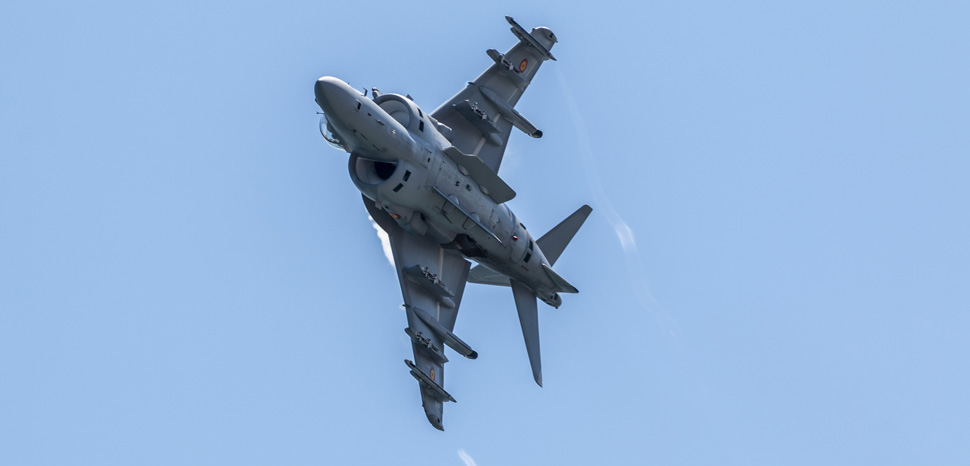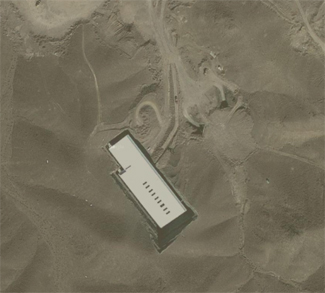Summary
The idea of collective EU defense has been around since the abortive European Defense Community of 1952. Yet over 50 years later, the continent still lacks the shared vision and organizational structures required to turn its oft-cited goal of ‘strategic autonomy’ into a reality. The challenge is compounded by the state of the European defense industry, which is fractured, organized along national lines, riddled with inefficiencies, and largely unable to maintain the extensive manufacturing base necessary to compete with global arms sales giants in the United States and Russia.
Yet the geopolitical shocks of the Ukraine crisis and the Trump presidency have shattered old paradigms, breathing new life into History on a continent that has been happy to ignore security matters since the end of the Cold War. Now the EU has its vision, but can Brussels push through integration in the ever-sensitive security sphere right when populist nationalism is surging across the continent? EU leaders are hoping that by incentivizing voluntary cooperation, they can induce the kind of industrial consolidation that would allow the EU to take greater responsibility for its own defense (and incidentally emerge as a major player in the global arms market).




